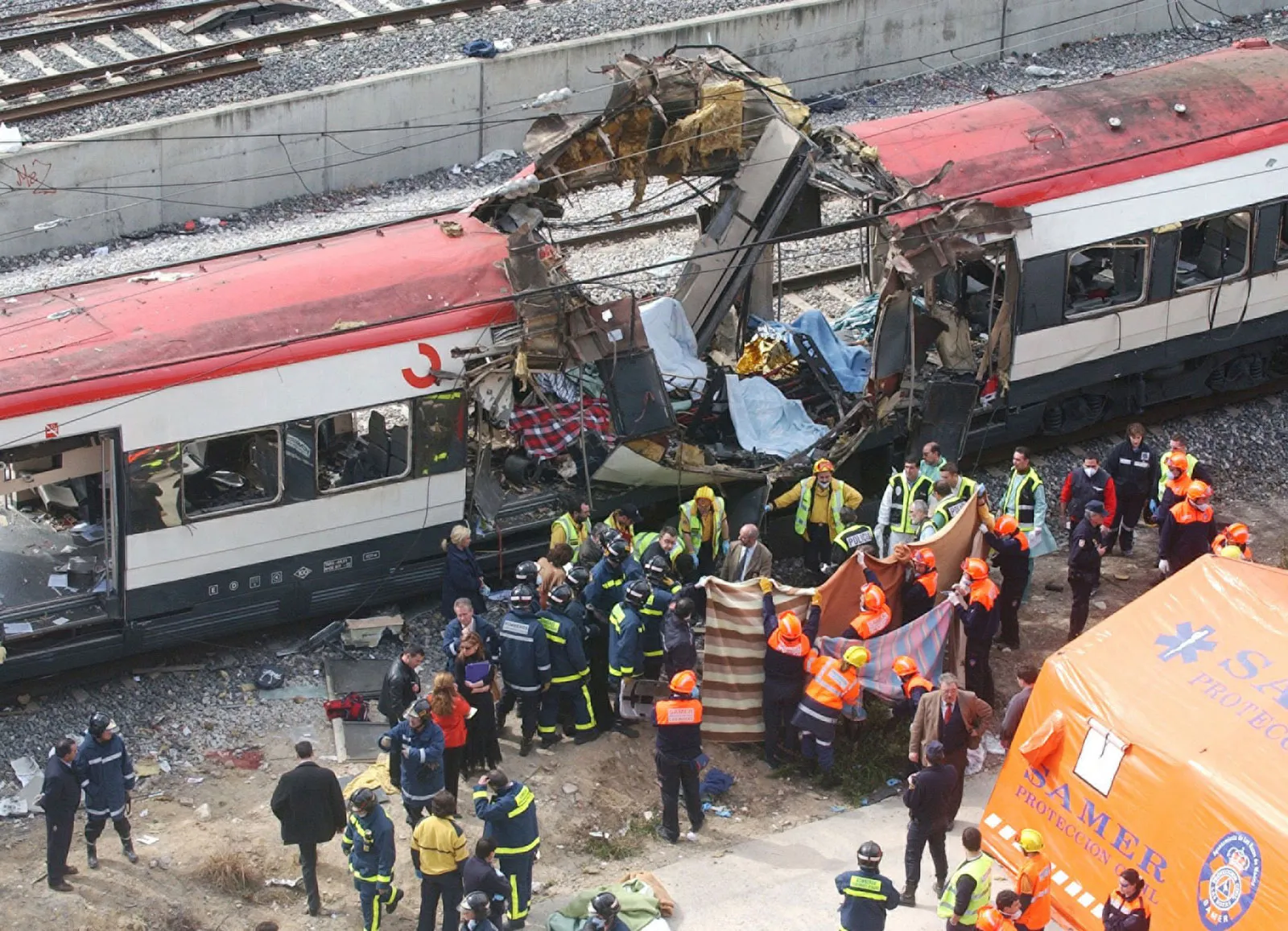On March 28, the government allowed the Joint People’s Movement Committee, formed to campaign for the reinstatement of Nepal as Hindu Kingdom and abolition of the federal system, to hold a demonstration at Tinkune, Kathmandu.
No sooner had the event organisers kicked off the event, the pro-monarchy protesters and security forces turned the area into a battleground.
Two buildings near the protest venue were burnt while several other structures including personal houses, business complexes that housed several offices, media houses, party offices and other properties were vandalised. Scores of public as well as private vehicles were also set on fire as the protest spiralled out of control.
The chaos resulted in two deaths and huge losses to local residents and those running businesses in the area.
Over 120 individuals were injured during the unrest, with 13 requiring serious medical attention. Both public and private properties suffered significant damages.
Tragically, video journalist Suresh Rajak and Sabin Maharjan, a resident of Kirtipur Ward 4, lost their lives during the incident. In response, the government announced financial support of Rs1 million for each of the bereaved families. Various organisations also extended financial assistance.
The government further pledged free medical treatment for those injured. Some of them have already been discharged, while others remain under medical care. The injured and their kin are concerned over whether the government will reimburse the amount they have been spending on medication despite the authorities’ repeated assurance.
Likewise, homeowners and business operators in the area affected by the violence have also voiced their frustration, stating that the government has not even acknowledged their suffering and not pledged any support to those who incurred huge losses despite not being involved in the protest.
When the Post on Sunday reached the Tinkune area that had turned a battleground two weeks ago, people were busy in the repair and reconstruction of the damaged properties. Some homeowners said they initiated the work using their own funds, without any support from the authorities.
Home Minister Ramesh Lekhak visited the area and observed the damaged buildings from outside a day after the violence. Local residents told the Post that the minister, surrounded by a team of security personnel, did come but he didn’t even engage directly with the affected residents.
“We had hoped the minister’s visit would lead to some government decision on the losses we incurred,” said Prem Shrestha, secretary at the Sunaulo Indrayani Savings and Credit Cooperative. “But no such decision has been taken.”
The house where journalist Suresh Rajak tragically lost his life belongs to the cooperative.
When the Post visited the area on Sunday, some businesses were found to have resumed operations in the damaged buildings, while others still remain closed.
An office named Shine Tech that deals in computers and related equipment operates from the same building where journalist Rajak lost his life. A staff member at the office reported that several laptops and CCTV cameras had been stolen during the rioting. The office staff said she had yet to tally total losses incurred in the violence.
“Our office was completely damaged. We’ve managed to reopen after making some temporary arrangements. In fact, today—Sunday—is our first day back in operation after the incident,” she said.
She said she is unaware of whether the office was insured. Attempts to reach the office proprietor were unsuccessful, as his mobile phone remained switched off.
The Digital Marketing Office, located on the upper floor of the same building, looked completely destroyed.
Shrestha, from the Sunaulo Indrayani Savings and Credit Cooperative, claimed that property worth Rs2 million was damaged in their building alone, and none of the business entities housed there were insured.
Also See: Nepal PM Oli Hints at Strained Ties with Modi After Bangkok Bimstec Summit
Meanwhile, several houses on the opposite side of the road also suffered damage during the protest, including a business complex belonging to Prabhu Insurance. A company officer present there on Sunday afternoon said the building is owned by the insurer and that they are replacing the broken glass windows at their own expense.
Ram Kumar Suwal was running a law firm at a house in Tinkune, which was completely destroyed during the rioting. Having no insurance coverage, Suwal is now uncertain of how he will recoup the losses.
Nevertheless, he said the Nepal Bar Association has assured him that it will lobby with the government for compensation.
“We had hoped the government might offer some support,” Suwal said. But as the process is yet to start, government compensation feels like a distant dream, he added.
Shrestha, meanwhile, said they are preparing to lodge a formal complaint of their losses with the police. He said they had already held discussions with Ward 32 of the Kathmandu Metropolitan City on the matter.
Bhagawan Budhathoki, a ward member from the same area, confirmed that the issue had been discussed at the ward meeting. However, he noted that the ward was not in a position to provide assistance on its own.
“We cannot offer compensation as that is beyond our jurisdiction,” he said. “What we can do is coordinate and that is exactly what we are doing now by engaging with the metropolitan city office and the Ministry of Home Affairs.”
Following the incident, representatives from several human rights organisations and other agencies visited the area for monitoring purposes. The local residents and business owners have provided the details to multiple groups. However, the affected locals said all these activities appear meaningless as they are yet to get relief from the government.
Ramchandra Tiwari, spokesperson for the Ministry of Home Affairs, said the government is yet to decide on compensation for the homes and businesses damaged during the Tinkune protest.
“Whatever compensation may be available will come through the insurance process,” he said. “But the government has not made any separate decision on additional assistance.”
This news is sourced from Kathmandu Post and is intended for informational purposes only.

![Tinkune protest for Hindu Kingdom turns deadly; 2 killed, 120+ injured, locals await aid for major property losses. [Image via The Kathmandu Post/ File]](https://southasiatimes.org/wp-content/uploads/2025/04/thumb12.webp)




